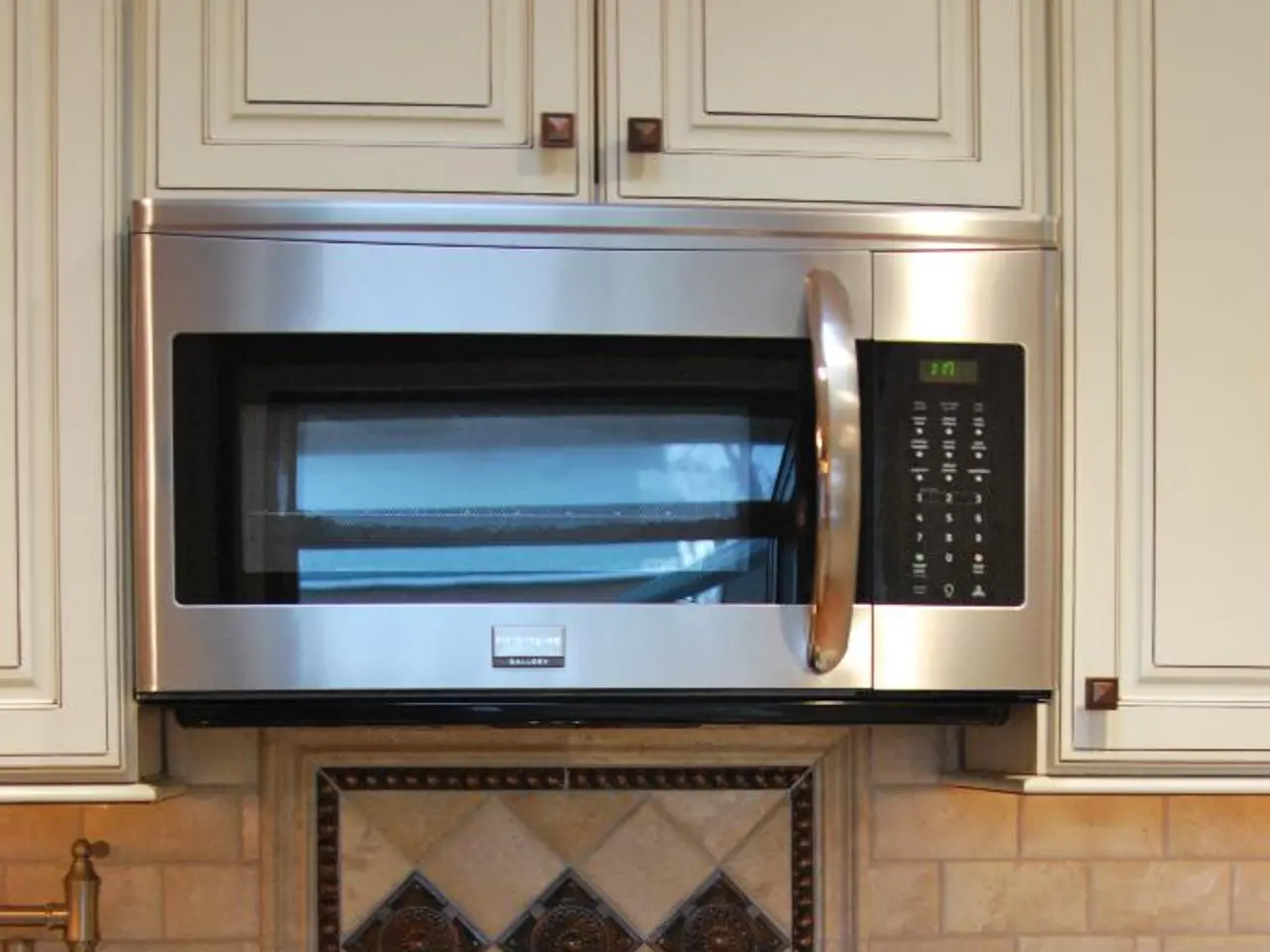Instructions for Installing a Kitchen Faucet, Explaining Why Hot and Cold Are Typically Placed on the Left and Right Sides
In this article, we'll walk you through the process of installing an isolation valve on your kitchen tap, a simple yet effective measure for easy future maintenance and emergency responses.
Firstly, it's crucial to choose a suitable isolation valve. A ball valve, which allows quick and reliable shutoff with a simple 90-degree turn, is recommended. Position the valve on the cold water supply line feeding the kitchen tap, ideally under the sink where it is easily accessible.
The valve should be installed in-line and oriented correctly, so the handle clearly indicates open and closed positions for ease of use. Use appropriate fittings and plumbing seals on threaded connections to prevent leaks. Ensure the valve is not obstructed and space remains for handy operation or replacement.
After installation, test the valve by shutting it off to confirm it stops water flow completely without leakage.
For additional practical tips, consider labelling the valve clearly after installation, indicating the direction to shut and open water. If existing isolation valves are old or faulty, replace them with new ball valves to improve emergency responsiveness. Keep the valve accessible and avoid installing it behind hard-to-reach panels or fixtures.
Following these guidelines provides a durable and user-friendly isolation valve setup that facilitates easy future maintenance of your kitchen tap pipework.
When installing a new kitchen tap, several steps should be followed. First, turn off the water supply. Clean the sink area thoroughly before fitting the new tap. If the tap comes with pre-fitted hoses, screw them into the tap base carefully, tightening them by hand. For pillar taps, apply PTFE tape to help with sealing the lower connection threads and wrap the tape in a clockwise direction.
For mixer taps, align the under-side gaskets, washers, and retaining plates correctly. In the UK, hot water is typically on the left and cold water on the right when installing taps.
Remember, installing an isolation valve or a kitchen tap can be a technical job and may require professional assistance. The cost of hiring a plumber ranges between £40-£80 per hour, depending on location.
By following these tips, you can ensure a smooth installation process and a well-maintained kitchen tap setup. Happy DIY-ing!
- For a stylish and modern kitchen, consider pairing a new kitchen tap with a matching kitchen faucet design, incorporating the latest trends in fashion-and-beauty.
- To cater to various cooking needs, ensure your kitchen is properly equipped with the appropriate tools and appliances from food-and-drink, enabling you to prepare and serve delicious meals.
- With a well-designed kitchen, consider integrating a functional home-and-garden extension, such as a walk-in pantry or a greenhouse, to optimize your kitchen lifestyle.
- To maintain the efficiency and longevity of the installation, consider incorporating energy-efficient heating systems, which can help reduce utility costs in the long run.
- For the perfect finishing touch, add a touch of personal style with decorative elements like organic materials, colorful accents, or trendy lighting fixtures to keep your kitchen up-to-date with current design ideas.
- To enhance your culinary experience, incorporate a diverse selection of foods and drinks into your weekend meal planning, allowing you to savor new flavor combinations and exotic recipes.




